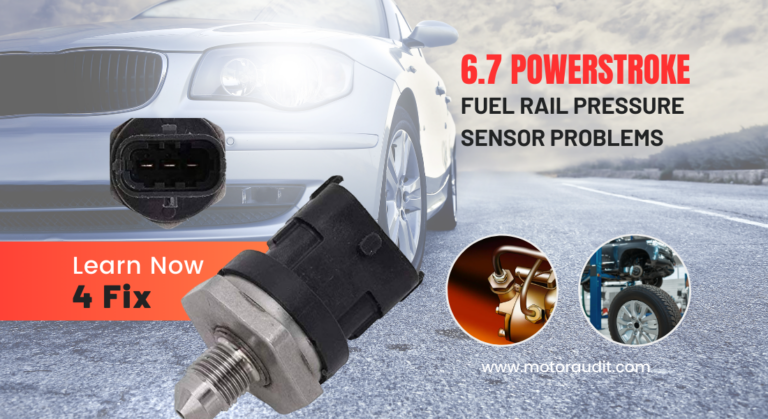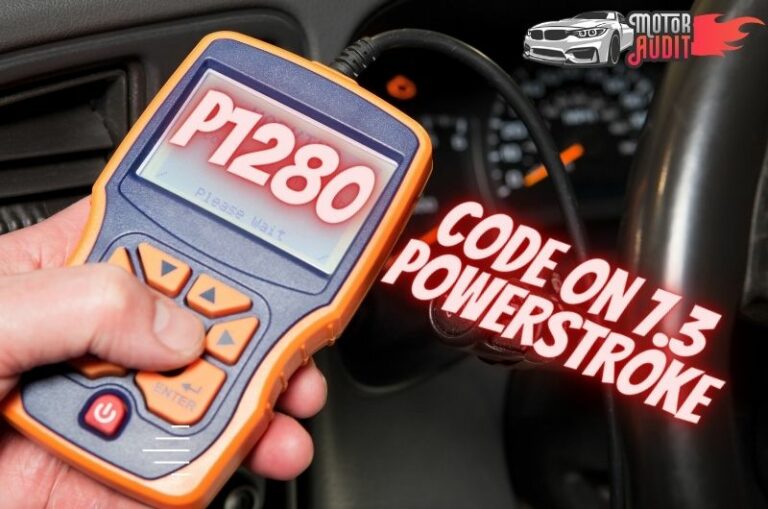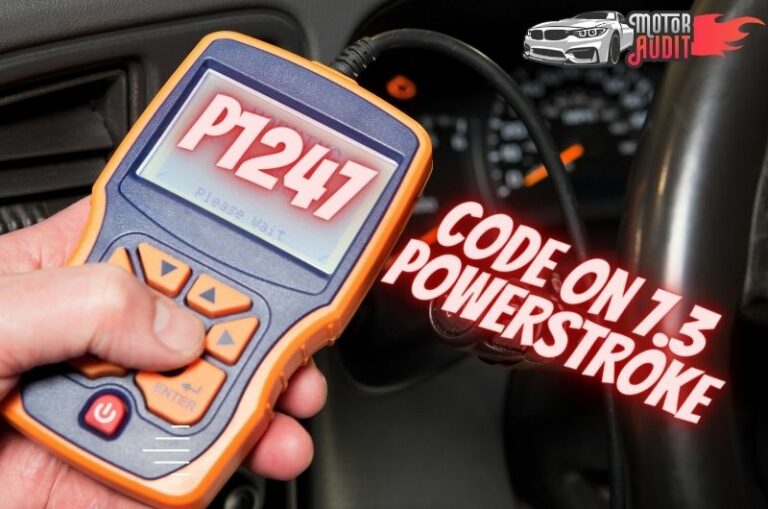Most Common Reason for Oil Leaks on the 6.7L Powerstroke
Oil leaks are common in all modern vehicles and the 6.7L Powerstroke engine is not an exception.
So, I set myself on a mission to find out the most common reason for oil leaks on the 6.7L Powerstroke engines.
I have also gathered information on the ways to find it. Read this article, and you will be prepared to tackle any kind of situation regarding oil leaks.
Most Common Reason for Oil Leaks on the 6.7L Powerstroke
Keeping yourself aware of the causes of oil leaks is the key to smooth worry-free driving.
Filthy Crankcase Vent Filter
The first and most common cause is having a filthy crankcase vent filter or CCV filter.
It is a small component in your engine but can be the ground-zero for oil leaks. A good working filter efficiently removes all the contaminants in the oil.
Over time, it starts getting saturated and excess pressure builds up inside. After a while, a certain amount of pressure triggers the leak.
The seal gets broken and oil starts coming out. So, keep the CCV filter in check.
Faulty Oil Drain Plug
If you look at the oil pan, you will see a drain plug that is accessible from underneath the truck.
Because of worn-out thread, loose plug, or misaligned thread, it can leak oil. Such cases have been reported due to improper installations.
And, the interesting fact is that it is a surprisingly common occurrence. Seeing fresh oil around the plug indicates this problem.
Also, look at the side of the oil drain plug where the oil drips down.
Oil Filler Cap and Valve Gasket
Those who are not careful with oil filler cap installation can leave it loose or broken.
Therefore, the pressure of the engine can easily cause the oil to spill out while accelerating.
The last thing I want to mention is the broken seal of the gasket. Generally, the sludge builds up inside over time and excessive pressure causes it to fail.
How Do You Diagnose Where an Oil Leak Is Coming From?
The first step is to notice the sign and symptoms of an oil leak. It can be a puddle in the driveway, or unusual smoke coming out of the engine.
Finding out the leak in the early stage can prevent major damages from happening.
Once you have been sure that there is a leak in the system, it is time to diagnose where the leak is.
In more than half cases, opening the hood and doing a visual inspection reveals the leak. Here, I am going to talk about two simple but effective methods.
One involves the use of talcum powder and another requires UV dyes and lights. Let me walk you through the process.
1. Using talcum or baby powder
If you don’t find anything under the hood, you will have to lift up the truck and go underneath it. Use a flashlight to look for any kind of wet or shiny spots.
Apply or throw talcum powder to suspected areas to identify the origin of the leak. Be deliberate in this case to get a clear contrast.
After that, drive the truck for some time so that the leak continues. Because of the applied talcum powder, you can quickly identify the origin by simply looking.
Sometimes, you may have to drive longer because tiny leak holes don’t show up in a short time.
2. Using a UV dye and UV flashlight
You can understand that the powder method is not very effective in internal leaks. Using some specialized tools is the last method for detecting the toughest even ones.
First of all, pour some automotive-grade UV dye into your 6.7L Powerstroke engine through the oil filter cap.
Then, drive the vehicle for more than 15 minutes like the previous method so that oil can come out of the cracks.
Also, driving for some time is important for mixing the dye with the oil.
Next, park the truck, lift it up, and use your UV flashlight for a thorough inspection. The leak location should show a yellowish-green tint.
How Much Does It Cost to Diagnose an Oil Leak?
If you are going to take the help of a mechanic, it will cost you somewhere between $80 to $120 depending on the labor cost in your area.
But you can save some money by doing the job yourself. Read the methods I have described above, and you will see how easy they are to apply.
How Do You Stop an Engine Oil Leak?
After finding out the leak, you can easily stop it by using the best oil stop leak additives.
Buying Lucas Oil 10278or ATP AT-205 Re-Seal Stops Leaks is the first step towards solving the issue.
Let me explain why you should use an additive.
It protects the seals because the O-rings or seals become weak after some time.
These additives are the best preventive measures because it saves you from expensive leak fixes.
The chemical composition is very effective and acts fast to seal the leak.
However, you should know that the leak-preventing additives produce blue smoke and they can make the oil thinner.
Can You Drive with An Oil Leak?
Yes, you can drive with an oil leak, but should you do it? Because it has a high potential of causing a fire hazard.
Also, not addressing or solving this issue can lead to major problems resulting in premature wear down of the engine.
Is an Oil Leak Expensive to Fix?
Depending on the nature of the leak, it can be expensive. According to the mechanics, you may have to spend up to $1500 to repair a nasty leak.
But don’t get disheartened because most of the time, the oil leak is not that severe. You may not have to spend more than 200 bucks.
Whatever the situation is, you have to act fast. Untreated oil leaks can cause serious problems to your engine and truck.
Conclusion
Those are the most common reason for oil leaks on the 6.7L Powerstroke.
I have seen lots of people not doing the scheduled maintenance and inspections. As a result, they have the highest chances of getting oil leak problems. If you don’t want to be in that team, keep your truck in check.
- Read Also>>What Is P2290 Code On 6.0 Powerstroke and How To Fix?
- Read Also>>Which 7.3 Powerstroke Years to Avoid? (Problems Explained)
- Read Also>>Which 6.4 Powerstroke Years to Avoid? (Problems Explained)
- Read Also>>How To Perform 6.7 Powerstroke CCV Delete [Full Guide]
- Read Also>>How to Replace 7.3 Powerstroke Positive Battery Cable [Full Guide]





